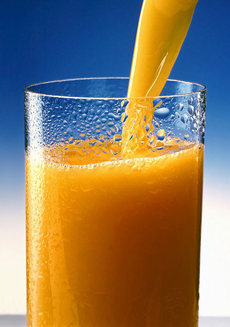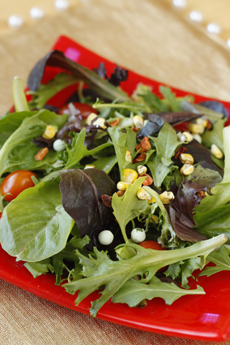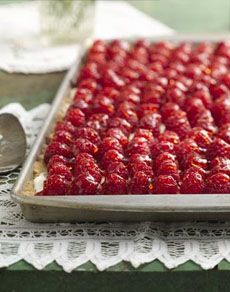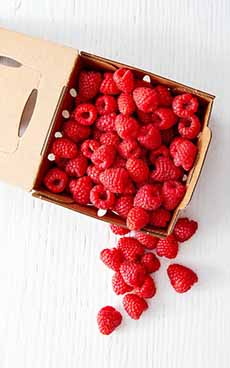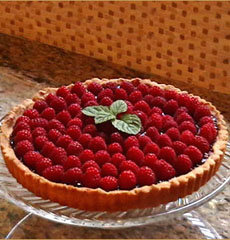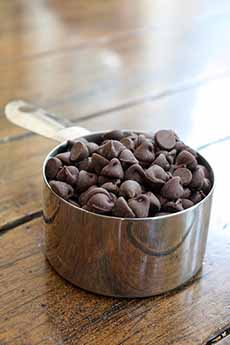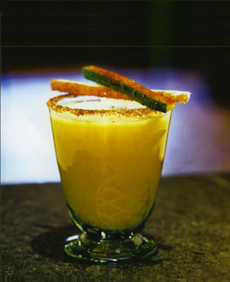|
Saffron comprises the dried stigmas, called threads, of the saffron crocus, Crocus sativus. The reddish-colored stigmas are used in global cuisines from Spain to India, as a seasoning and coloring agent. The stigmas contain the carotenoid dye crocin, which imparts a rich golden-yellow hue to dishes (and in earlier times, textiles).
Saffron is the world’s most costly spice by weight; each flower produces only three stigmas, so many are needed to produce just one gram of the spice. Fortunately, you need very little to flavor a dish.
Saffron is native to Greece, and was first cultivated on the Greek island of Crete, as early as the Bronze Age (500 B.C.E. to 1200 B.C.E.). It was slowly propagated throughout much of Eurasia, North Africa, North America and Oceania. The first written record dates to a 7th-century B.C.E. Assyrian botanical treatise.
Today Iran grows 90% of the world’s saffron, although Afghanistan, Greece Italy, Iran, Kashmir (India), Morocco and Spain are also producers. Saffron from different regions has different potencies; for example, Kashmiri saffron is very strong and you may need to use less than what is called for in your recipe.
The spice is used in dishes such as arroz con pollo and paella (Spain); bouillabaisse (France) an other Mediterranean seafood soups; chelow kabab (Iran), chicken biryanil, kashmiri lamb and saffron rice (India); lamb tagine (Morocco) and saffron bread (Sweden).
As with many herbs and spices, it’s hard to describe the flavor (what do garlic and paprika taste like?). However, it is glorious with a heady perfume, imparting a tastes of honey, hay and earthiness.
Too much saffron is not a good thing: It can make a dish bitter.
|
